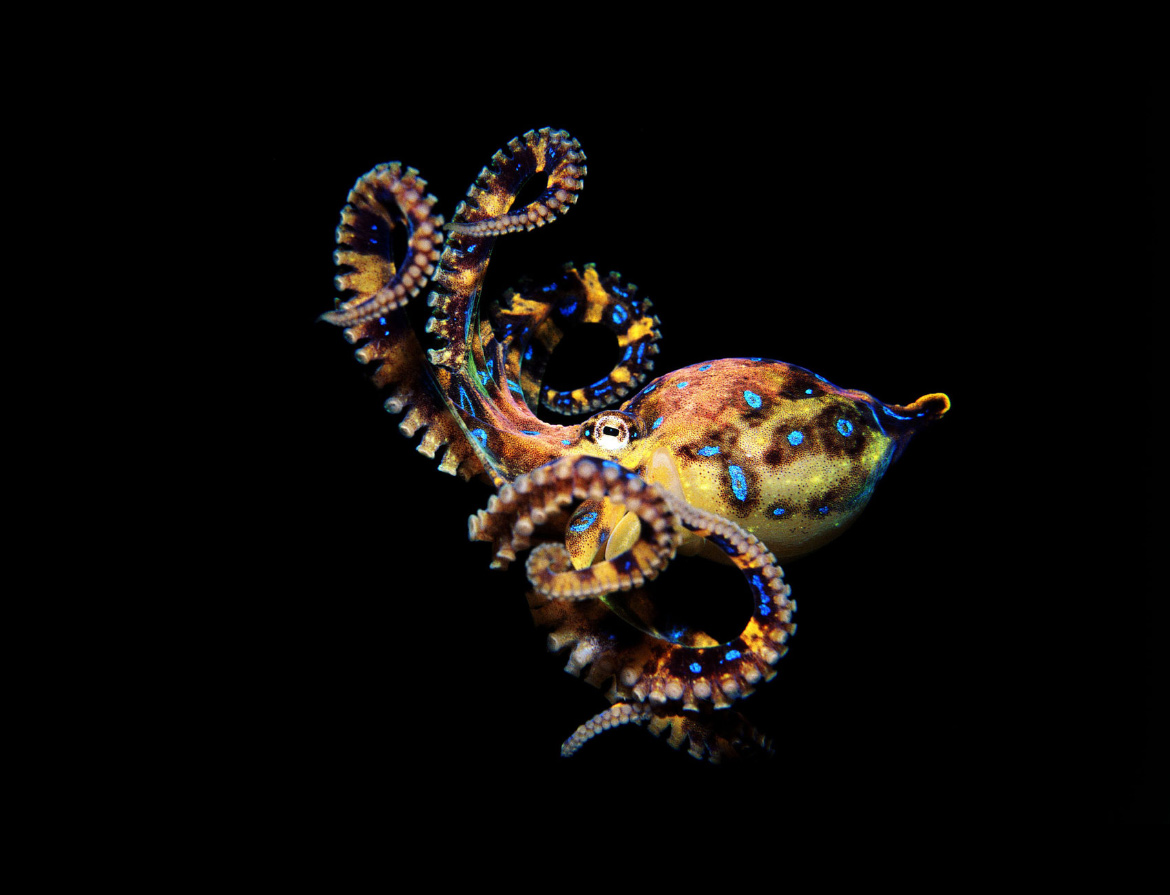Animals ranging from parrots to elephants continue to challenge our perception of consciousness, long-held as a uniquely human trait. But the reaches of consciousness don’t stop at animals.
The ethics of consciousness, not just in humans but also animals and machines, is complex. To try and make sense of it, research is currently underway to develop a method for objectively measuring consciousness — a formula that could explain how aware any living, or artificial, being is.
The concept of consciousness — our awareness of what we experience, and what those experiences mean — has long been debated. Descartes’ exploration of what it means to think — “I think, therefore I am” — was written in 1640, but our understanding of how the brain works is still limited.
Ned Block, professor of philosophy, psychology and neural science at New York University, identified the three major theories of consciousness prevalent in modern philosophical thought; the ‘higher order’ theory, the ‘global workspace’ theory and the ‘biological’ theory.
And, as for me, if, by any possibility, there be any as yet undiscovered prime thing in me; if I shall ever deserve any real repute in that small but high hushed world which I might not be unreasonably ambitious of; if hereafter I shall do anything that, upon the whole, a man might rather have done than to have left undone; if, at my death, my executors, or more properly my creditors, find any precious MSS. in my desk, then here I prospectively ascribe all the honour and the glory to whaling; for a whale-ship was my Yale College and my Harvard.
A History Of Consciousness
In behalf of the dignity of whaling, I would fain advance naught but substantiated facts. But after embattling his facts, an advocate who should wholly suppress a not unreasonable surmise, which might tell eloquently upon his cause—such an advocate, would he not be blameworthy?
It is well known that at the coronation of kings and queens, even modern ones, a certain curious process of seasoning them for their functions is gone through. There is a saltcellar of state, so called, and there may be a castor of state. How they use the salt, precisely—who knows? Certain I am, however, that a king’s head is solemnly oiled at his coronation, even as a head of salad. Can it be, though, that they anoint it with a view of making its interior run well, as they anoint machinery? Much might be ruminated here, concerning the essential dignity of this regal process, because in common life we esteem but meanly and contemptibly a fellow who anoints his hair, and palpably smells of that anointing. In truth, a mature man who uses hair-oil, unless medicinally, that man has probably got a quoggy spot in him somewhere. As a general rule, he can’t amount to much in his totality.
But the only thing to be considered here, is this—what kind of oil is used at coronations? Certainly it cannot be olive oil, nor macassar oil, nor castor oil, nor bear’s oil, nor train oil, nor cod-liver oil. What then can it possibly be, but sperm oil in its unmanufactured, unpolluted state, the sweetest of all oils?
Mind And Brain
The chief mate of the Pequod was Starbuck, a native of Nantucket, and a Quaker by descent. He was a long, earnest man, and though born on an icy coast, seemed well adapted to endure hot latitudes, his flesh being hard as twice-baked biscuit. Transported to the Indies, his live blood would not spoil like bottled ale. He must have been born in some time of general drought and famine, or upon one of those fast days for which his state is famous. Only some thirty arid summers had he seen; those summers had dried up all his physical superfluousness. But this, his thinness, so to speak, seemed no more the token of wasting anxieties and cares, than it seemed the indication of any bodily blight. It was merely the condensation of the man. He was by no means ill-looking; quite the contrary. His pure tight skin was an excellent fit; and closely wrapped up in it, and embalmed with inner health and strength, like a revivified Egyptian, this Starbuck seemed prepared to endure for long ages to come, and to endure always, as now; for be it Polar snow or torrid sun, like a patent chronometer, his interior vitality was warranted to do well in all climates. Looking into his eyes, you seemed to see there the yet lingering images of those thousand-fold perils he had calmly confronted through life. A staid, steadfast man, whose life for the most part was a telling pantomime of action, and not a tame chapter of sounds.
I fancy the popular expectation of a heap of charred corpses was disappointed at this inanimate bulk. Some went away while I was there, and other people came. I clambered into the pit and fancied I heard a faint movement under my feet.
It looked serious, but we in California, like everywhere else, were not alarmed. We were sure that the bacteriologists would find a way to overcome this new germ, just as they had overcome other germs in the past. But the trouble was the astonishing quickness with which this germ destroyed human beings, and the fact that it inevitably killed any human body it entered. No one ever recovered. There was the old Asiatic cholera, when you might eat dinner with a well man in the evening, and the next morning, if you got up early enough, you would see him being hauled by your window in the death-cart. But this new plague was quicker than that—much quicker.
Our prime purpose in this life is to help others. And if you can’t help them, at least don’t hurt them.DALAI LAMA
It was only when I got thus close to it that the strangeness of this object was at all evident to me. At the first glance it was really no more exciting than an overturned carriage or a tree blown across the road. Not so much so, indeed. It looked like a rusty gas float. It required a certain amount of scientific education to perceive that the grey scale of the Thing was no common oxide, that the yellowish-white metal that gleamed in the crack between the lid and the cylinder had an unfamiliar hue.
The heart began to beat faster and the heat of the body to increase. Then came the scarlet rash, spreading like wildfire over the face and body. Most persons never noticed the increase in heat and heart-beat, and the first they knew was when the scarlet rash came out. Usually, they had convulsions at the time of the appearance of the rash. But these convulsions did not last long and were not very severe. If one lived through them, he became perfectly quiet, and only did he feel a numbness swiftly creeping up his body from the feet. The heels became numb first, then the legs, and hips, and when the numbness reached as high as his heart he died. They did not rave or sleep. Their minds always remained cool and calm up to the moment their heart numbed and stopped. And another strange thing was the rapidity of decomposition. No sooner was a person dead than the body seemed to fall to pieces, to fly apart, to melt away even as you looked at it. That was one of the reasons the plague spread so rapidly. All the billions of germs in a corpse were so immediately released.







test comment